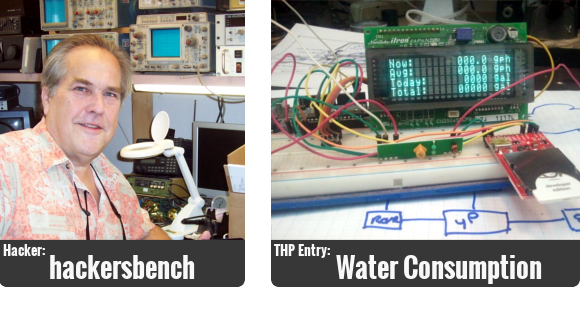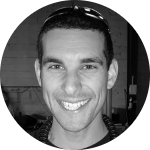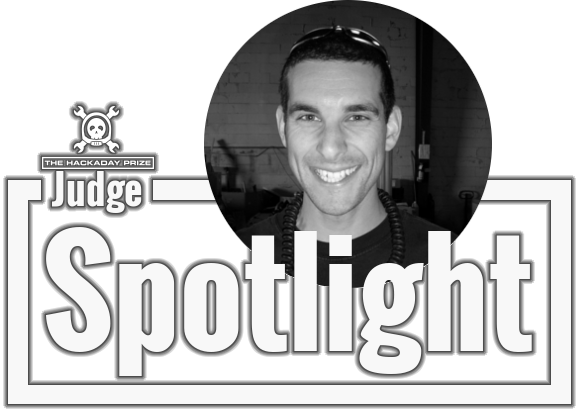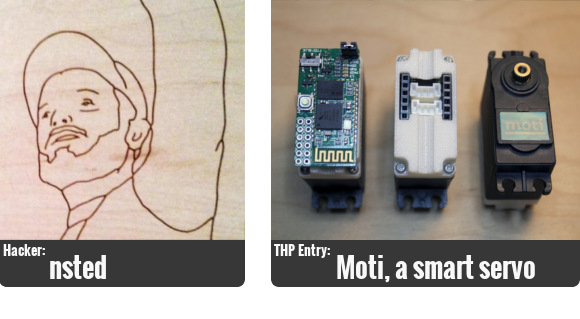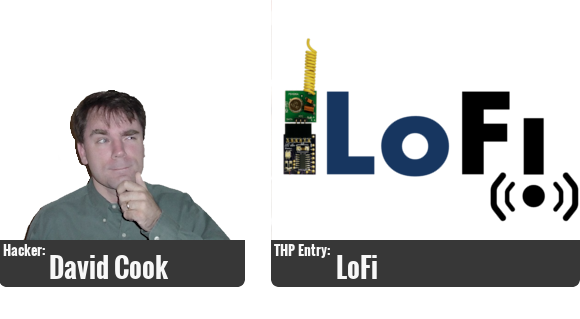If you’re a fan of the Embedded podcast you know her voice well. If not, you need to check out the show! Of course we’re talking about [Elecia White], who spent her recent holiday answering our questions.
She’s an accomplished embedded systems engineer — she literally wrote the book on it. We’re delighted that [Elecia] agreed to lend us her skill and experience as a judge for The Hackaday Prize!
 We find that embedded engineers come from all manner of backgrounds. Can you tell us a little bit about how you got into the field?
We find that embedded engineers come from all manner of backgrounds. Can you tell us a little bit about how you got into the field?
 I majored in a combination of applied computer science and theoretical systems engineering: my classes were all about programming, C, Fourier, and control loops. I had no idea I’d built a major that would be perfect for low level embedded development.
I majored in a combination of applied computer science and theoretical systems engineering: my classes were all about programming, C, Fourier, and control loops. I had no idea I’d built a major that would be perfect for low level embedded development.
After school, I went to Hewlett-Packard. I was in the network server division, monitoring servers, writing drivers, and getting ever closer to the hardware. I moved over to HP Labs’ BioScience division to do real embedded work, though I didn’t understand that at the time (yay for a hiring manager who did!). Once I made a motor move, well, it was all over for me. I loved having my software touch the physical world. Happily, the environment was great and the electrical engineers were very patient.
 Do whimsical embedded challenges ever come to mind? For instance, do you ever flip on the TV and think to yourself: “some day I’m going to reprogram the uC and write something that works!”?
Do whimsical embedded challenges ever come to mind? For instance, do you ever flip on the TV and think to yourself: “some day I’m going to reprogram the uC and write something that works!”?
Continue reading “Judge Spotlight: Elecia White” →
